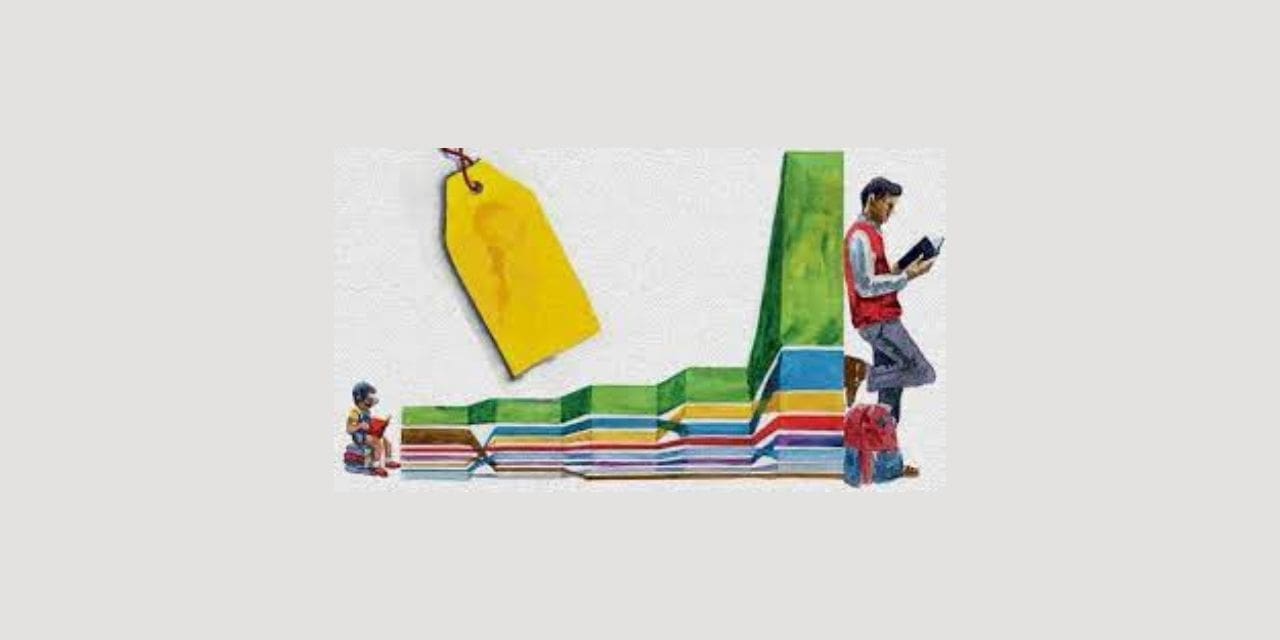The multi-billion dollar garment industry in Tirupur has survived another wave of Covid, without lockdowns or large-scale desertion of guest workers. In the last quarter of the financial year, however, the garment sector is caught in a paradox where there is a glimmer of hope for growth, as well as uncertainty posed by myriad challenges. Hope because the overseas market is poised for growth. But what’s pulling it down is the cost of raw material and infrastructural issues.
In 2020-21, Tirupur exports did not go beyond `24,700 crore. But this year, the manufacturers have managed to clock exports to the tune of `23,250 crore by December. “We hope to touch `33,000 crore by the end of this fiscal,’’ says Raja Shanmugam, president of Tirupur Exporters Association (TEA).
Vaccinations which boosted buyer sentiment in western countries, absence of lockdowns and an anti-China outlook which brought global orders to India were the reasons for the higher growth. Exporters add yet another reason for the spike in garment sales globally — buying of casual wear at the cost of formal wear due to the work-from-home scenario. Though the first and second waves of the pandemic dealt a blow to the export garment sector, the third wave of Covid has offered certain advantages. Exporters say there are enough inquiries coming in from overseas buyers, which may turn into orders. Nevertheless, manufacturers point out challenges which might derail growth, especially for domestic players and small and medium units. Though the lifting of lockdown in western countries has not hindered sales, yarn price rise and increase in input costs are pulling down the sector.
Classic Polo managing director T R Sivaram says, “There is a 30% to 40% hike in the price of products due to raw material price rise. This is affecting domestic consumer behaviour. Companies which were registering 30% growth rate are registering only single digit growth rate which unsustainable for the industry.’’ He says a buyer who preferred luxury brands have scaled down the purchase to premium brands, those in the premium brand segment have moved down to mid-premium brands and consumers in the latter segment have slided to economy brands. “Earlier shopping was a habit, now consumption is stagnant in the domestic market. The preference for lounge wear will not spike anymore in the domestic segment,’’ he says. Domestic players say they are feeling the pinch of Omicron as walk-ins have reduced. Though not related to Covid, the increase in marked retail price has also affected sales.
M P Muthurathinam, president of Tirupur Exporters and Manufacturers Association (TEAMA), says though value of exports has increased, volume has not grown proportionately. “Orders have increased, but the sharp spike in turnover is largely because of increase in product price rather than increase in export orders. This is especially true for medium and small players.’’ Exporters say there was a lacuna on the part of the Union government in handholding the industry. Though there are ample global opportunities, Tirupur is unable to tap them because of the much needed government assistance. “Bangladesh is the most preferred country for global buyers and is booked to the brim. Vietnam next, because both countries have tariff advantages. Only spillover orders come to India,’’ says an exporter. Representatives of the garment sector wanted the Centre to do a study on China, which, without having any advantageous treaty, has captured 40% of the overseas market because their government prepared a road map a decade ago. “The Chinese government provides supportive infrastructure and has asked industrialists to make use of it. On the other hand, Tirupur, which has 60% of the nation’s knitwear manufacturing, is left to fend for itself. Policymakers come up with ideas without knowing the issues that the units face,’’ he says.

